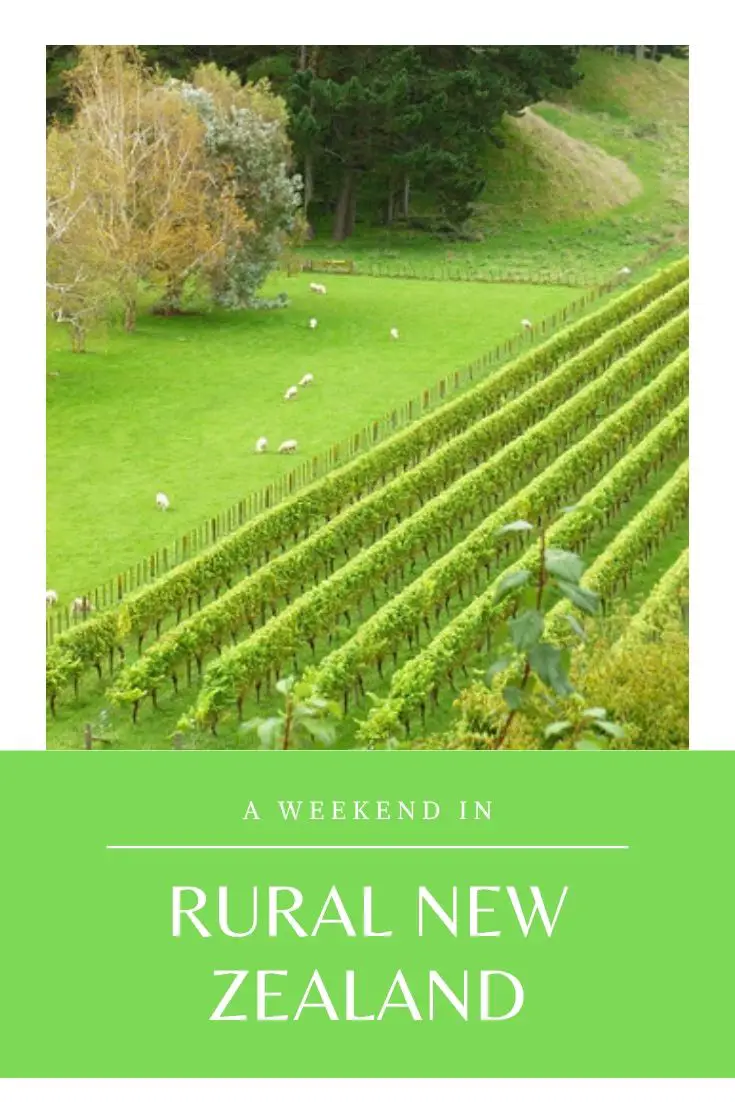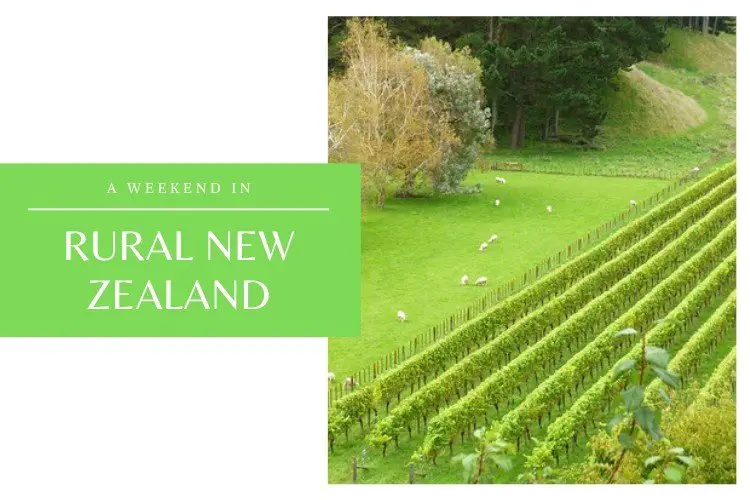Discovering New Zealand’s wineries and natural tranquility in beautiful Hawke’s Bay
From my perch on the top of Te Mata Peak I could take in all of Hawke’s Bay, on the east coast of New Zealand.
Scattered peaks nearby rolled into gentle hillsides, which gave way to a strip of flat land that fell off into blue-green water stretching past the horizon.
The land below was dotted with vineyards and farms. There is no shortage of wine or sheep in New Zealand.
A few little uniform suburbs broke off from the larger towns of Napier and Hastings and pressed outwards into the folds of the countryside. Somewhere down there in the labyrinth of neighborhood streets, people were selling kiwis and feijoas out of the backs of their vans parked along the roadside.
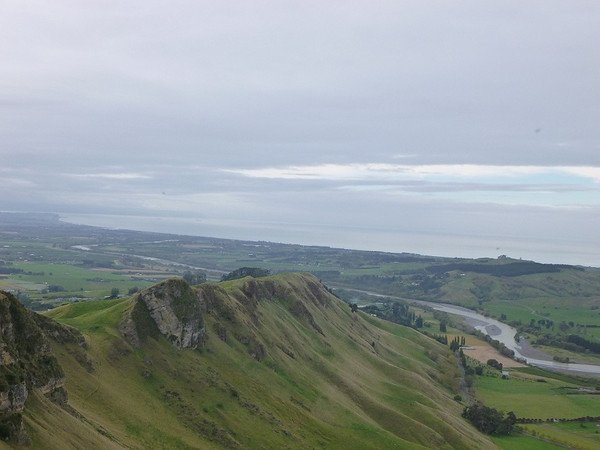
I’d come a long way from noisy Wellington — a speck of a city by any standard, but one that seems to suck you into its pulse so you forget about the greater, wilder world outside its avenues. I’d been in New Zealand for nearly three months and 99 percent of that time had been spent behind the confines of city walls. Finally, the escape was necessary.
I remembered an invite from family friends living a few hours drive north of Wellington and well away from any kind of metropolis. As soon as I got the OK, I packed my bags.
About halfway down the east coast of New Zealand’s North Island, Hawke’s Bay is a sunny little corner of the country with a growing reputation for good wine.
Visitors hop between cellar doors or dine on vineyard verandas, tasting reds in the Old World style and some of the country’s better Chardonnays.
Then they pop into Napier for an art-deco tour, or wander through the waterside bars in the gentrified Ahuriri neighborhood, or hike a coastal trail. It’s a place of quiet comfort, infused with only as much luxury as you care to seek.
My hosts for the weekend lived just outside of Napier, in a house tucked neatly into the hillside. Their property was the only bit of land covered in a dense tangle of trees, something like a native bush oasis in the middle of farm country. What a fitting hideaway to recharge my batteries.
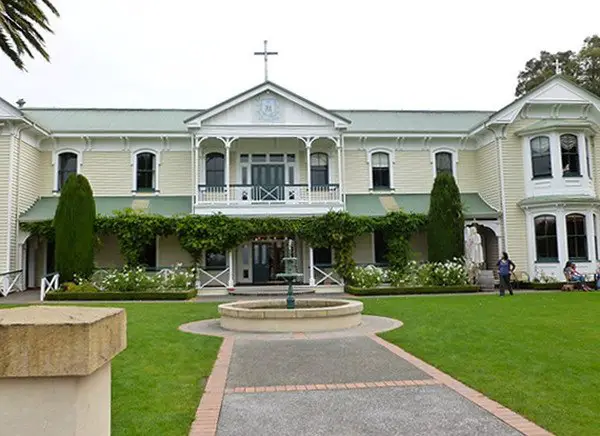
We eased into a relaxing vacation schedule with lunch at Craggy Range Vineyards in southern Hawke’s Bay. The dining room resembled a lodge with exposed beams and an imposing stone fireplace. Wheelbarrows overflowed with mammoth pumpkins near the entryway. It was Easter weekend, but the place was a picture of Thanksgiving. While spring flowers were blooming back home, here on the other side of the world, autumn was about to descend.
I washed down our spread of hearty bread and seafood chowder with a toasty chardonnay and tried to embrace the backwardness of it all.
The afternoon rolled on as our little group took the reenergizing hike up Te Mata Peak and then piled back into the car heading north to Mission Estate Winery, a French mission-turned-vineyard dating back to the early 1800s. The winery was more of a plantation, with a sprawling master house sitting at the top of a long gravel drive. We tasted, stocked up on a few bottles of our favorites, and then moved out to the back porch.
The day was turning crisp. We sipped coffees and ordered the specialty dessert: a Rich Chocolate Parcel, with four spoons. Beyond the gardens and down a short hill, rows of grapes were waiting for the harvest.
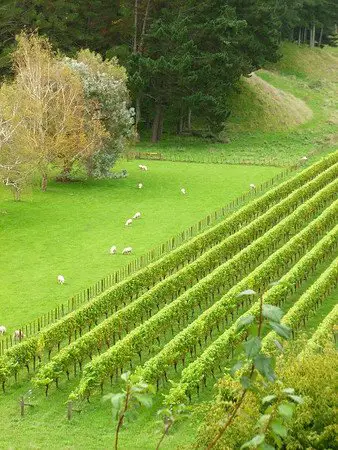
In between outings, my hosts would deposit me back to their little wooded paradise. I’d grab a book and curl up in an Adirondack chair on their large back deck. At night I sat with a glass of wine — something local — and watched the sky turn to pink. The smell of the wood stove would arrive as the sun went down and the air chilled.
Mornings were the same, except I retreated to the balcony with a mug of strong coffee.
In the early hours of the day in rural New Zealand, your company is kept by Tuis and Bellbirds singing their matching songs.
Fog slowly burned off the hilltops nearby and cows appeared out of the haze, breakfasting on the neighbor’s grassy field. Singular images that somehow made me feel more alert and alive. It was the kind of quiet that was hard to track down in Wellington.
On my last full day in town, I took a stroll through an estuary and along the coast with my hosts and their friends in the Ahuriri section of Napier.
Before the 1931 earthquake that devastated much of the area, Ahuriri had been the city’s main port. Today, old industrial warehouses lining the waterfront house a string of hip coffee bars and open-air restaurants.
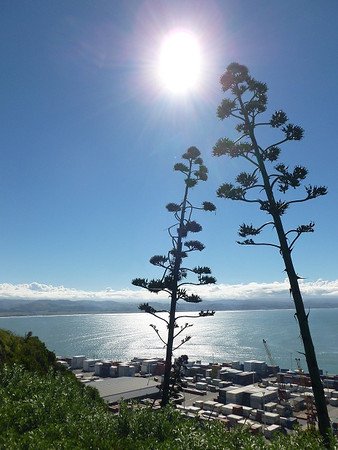
We made it up to Bluff’s Hill, overlooking Napier’s current port and separating Ahuriri from Napier’s town center on the other side of the hill. Cape Kidnappers crested out into the bay to the south. According to Maori legend, the Cape forms the hook that a mythical boy named Maui used to fish the North Island up out of the Pacific. The area’s Maori name is ‘Te Matau A Maui’.
But like most places in New Zealand, the Europeans have laid their own stories down on top of the deeply rooted native culture. The name ‘Cape Kidnappers’ was given by Captain Cook after his cabin boy was abducted by Maori traders off the coast during his 1769 voyage.
Standing on the edge of New Zealand’s eastern shores, the only thing separating you from Chile is some 6,000 miles of South Pacific Ocean. You look out to sea and that’s all there is — vast amounts of water in an otherwise empty bottom of the world. I fled the city hoping for a little rejuvenation and discovered the quiet beauty of rural New Zealand.
Before I left, my hosts let me plant a Totara tree in their yard with the instructions to come back in 600 years to see if it has outlasted the rest of their native lawn. It won’t be six centuries from now, but one day, maybe when the stress of life warrants a far-flung getaway, I’ll come back to Hawke’s Bay.
Related Video: Rural New Zealand
Pin for Later
